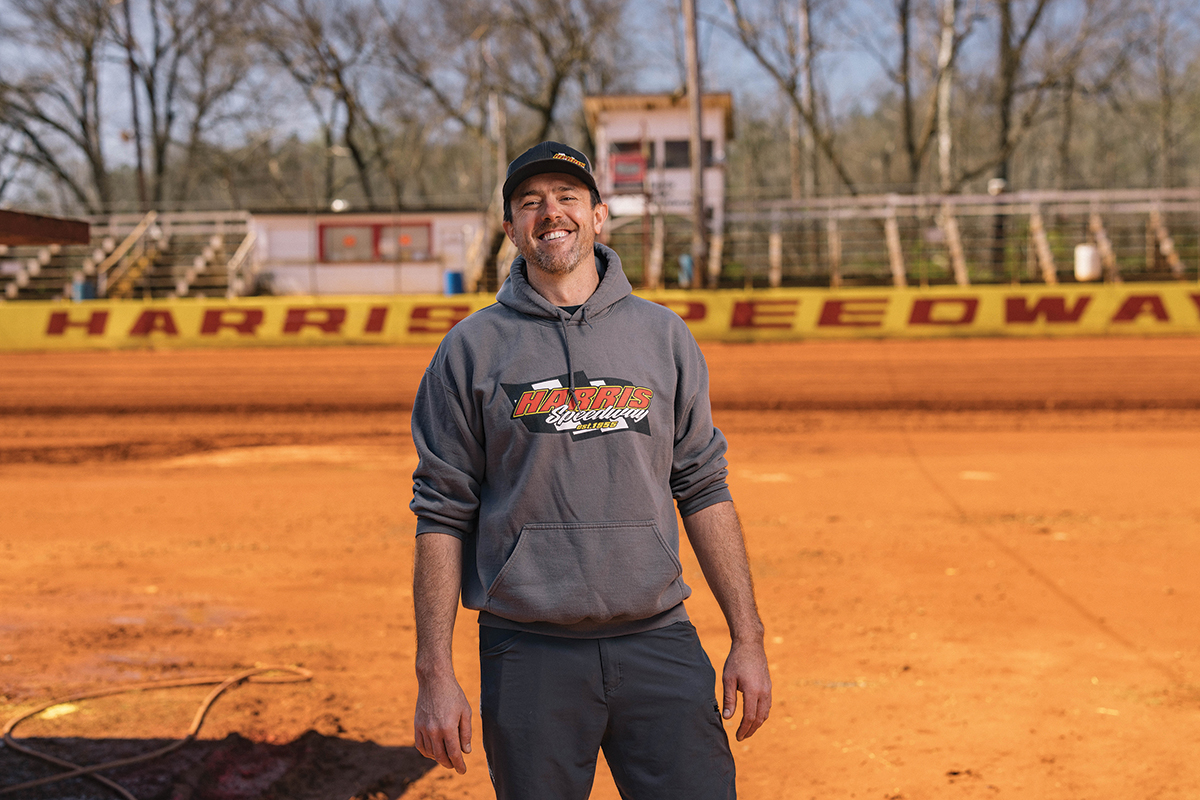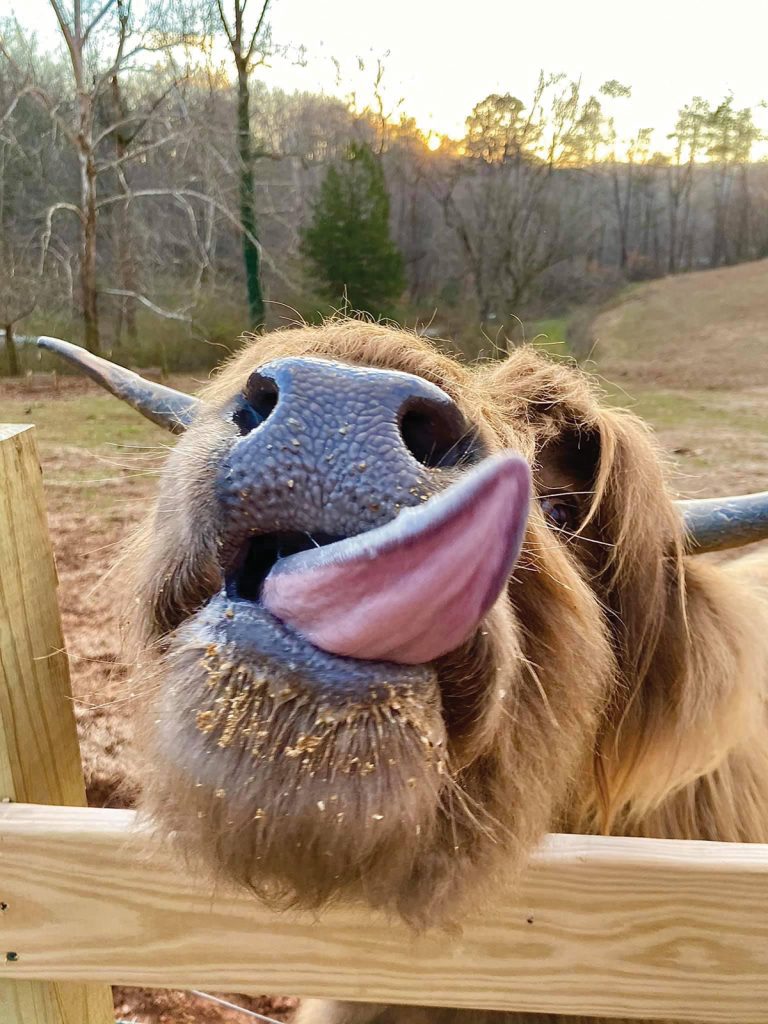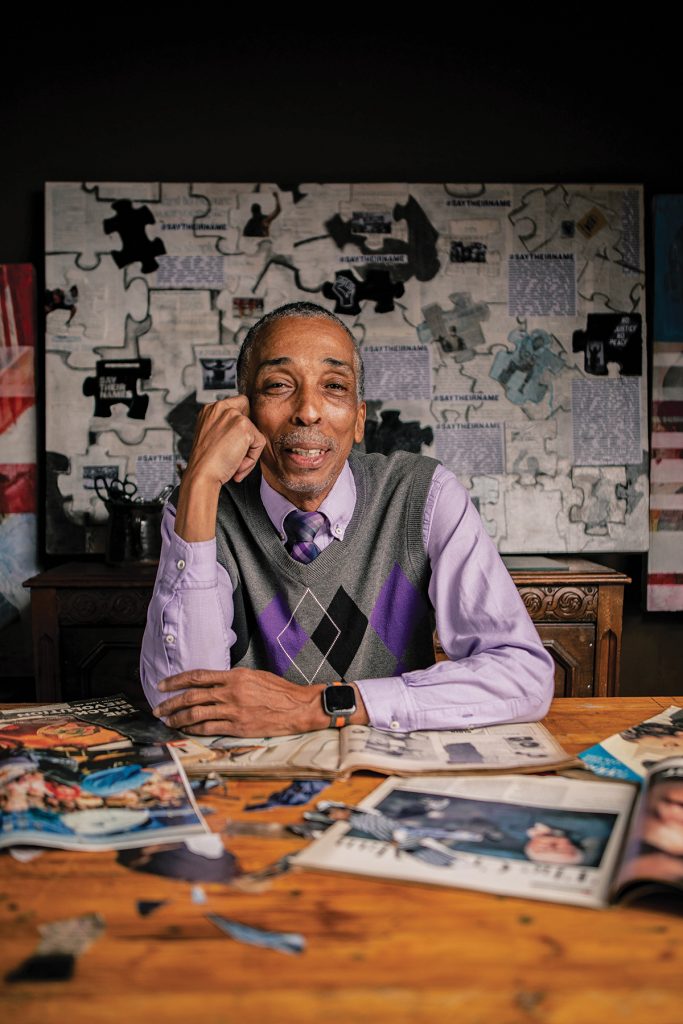Stock-car track sustains a piece of Carolina culture

RED DIRT, YOUNG BLOOD
Joe Crowell revived a heritage racetrack in Rutherfordton.
Photo by Jack Robert
One night, a few years ago, when Joe Crowell was working late at his Eurotechnik auto-repair shop in Hendersonville, tinkering with the Miata that he raced on weekends, a tow-truck driver arrived to drop off a client’s car. Crowell had been racing sports cars on asphalt road courses for years, but faced the indignation of the truck driver, a fellow racing enthusiast named Mitchell Coggins, who’d been racing on dirt for almost twenty years.
“‘Come on, man,’” Coggins scoffed. “‘Dirt’s for racing. Asphalt’s for getting there.’” A year later, Crowell found himself in his first dirt race in Travelers Rest, driving a car provided by Coggins; and it was Coggins who later suggested that Crowell buy the Harris Speedway in Rutherfordton, a venerable dirt track that had run its first race way back in 1955, seven years after NASCAR came into being. “You see ’em closing almost every day,” Coggins says of the dirt tracks that used to dot the Carolinas’ countryside.

Photo by Jack Robert
“Mitchell just wouldn’t let it go,” Crowell remembers. “I told him he was crazy. But finally, I caved and agreed to at least go and have lunch with the owner [of the Harris track] and hear his pitch.”
He quips, “Mostly it was an opportunity to not have to hear Mitchell bring it up again.”

Racing photo by Avery Morris (AM Medias).
But the sales price was manageable, so Crowell took the plunge. Today, he oversees the business end of the venture, while Coggins handles promotion and acts as flagger on race nights.
“The biggest reason behind the decision was the preservation of such a historic place, and the continuation of the tradition of weekly short-track racing,” says Crowell, who is 40. “Hopefully in keeping the gates open on Saturday nights at Harris, a young boy or girl might find the inspiration to participate in one of the most fun sports imaginable. … We need more family-oriented events.”

Photo by Jack Robert
He clinched his deal just a week before the COVID pandemic forced the track to close; but he hung on, and today the Harris Speedway hosts a full card of Saturday-evening stock-car racing on its 3/8-mile dirt track. “I couldn’t have made it work without Mitchell’s assistance and dedication,” Crowell says.
Josh Ayers, who lives near Spartanburg, is a frequent visitor and racer at the Harris track, even though he has a choice of five other tracks, both dirt and asphalt, within two hours of his house. “I’ve been racing at Harris for more than twenty years,” Ayers says. “The people are real nice and everyone always has a good time there.”

Stock-car racing is deeply intertwined with the history of the Carolinas. Photo by Avery Morris (AM Medias).
Stock-car racing is deeply entwined with the history of the Carolinas, with the first officially sanctioned stock-car race held at the old Charlotte Speedway in 1949, the precursor to today’s Charlotte Motor Speedway. But the roots go even further back, to the Prohibition years of the 1920s, when bootleggers began making internal changes to their otherwise standard, off-the-lot cars to increase their chances of outrunning police cars. The souped-up “whiskey tripper” cars soon became an obsession in themselves, and the Carolinas’ famous red clay was soon being churned up on homemade dirt tracks that survived long after Prohibition ended.
The Harris Speedway was built by a local Rutherfordton enthusiast on family property, originally as an asphalt track. Racing greats Richard Petty, Cale Yarborough, and Ralph Earnhardt all drove the track during the 1960s. A half-mile dirt track next to the asphalt one came along in the 1970s; a decade later, the asphalt was torn up and Harris Speedway became a strictly dirt-track operation.

Josh Ayers of Spartanburg (in red car) prefers Harris Speedway to many others in the area. Photo by Avery Morris (AM Medias).
For competitors, the surface makes all the difference. “On dirt, the changes are much more drastic [than asphalt], and can change in as little as a handful of laps. A dirt racer has to know how to anticipate these changes,” says Crowell. His career in automotive repair is crucial here: “Racing at the grassroots level requires almost all participants to be fully hands-on with their car.”
Crowell’s Harris Speedway also offers training days for racers. “Our practice days are for both experienced drivers that are new to the track, or someone who has built a new car and is working the bugs out of it,” he explains. The track is also launching a “dirt-track racing experience,” with formal instruction for new racers.
Crowell still remembers his very first drive on a race track, thanks to his father, who, after Crowell had narrowly avoided a speeding ticket with just a warning, encouraged him to satisfy his need for speed on a track. “Ironically,” Crowell says of that near-ticket, “I was driving to the race track.”
The Harris Speedway, 921 Jack McKinney Road in Rutherfordton, hosts races on Saturday evenings with gates opening at 4pm, warm-up laps and heat races at 6:30pm, and the main event at 7:35pm. Admission is $15 for grandstand seating. Check out the full schedule at harrisspeedway.com.



